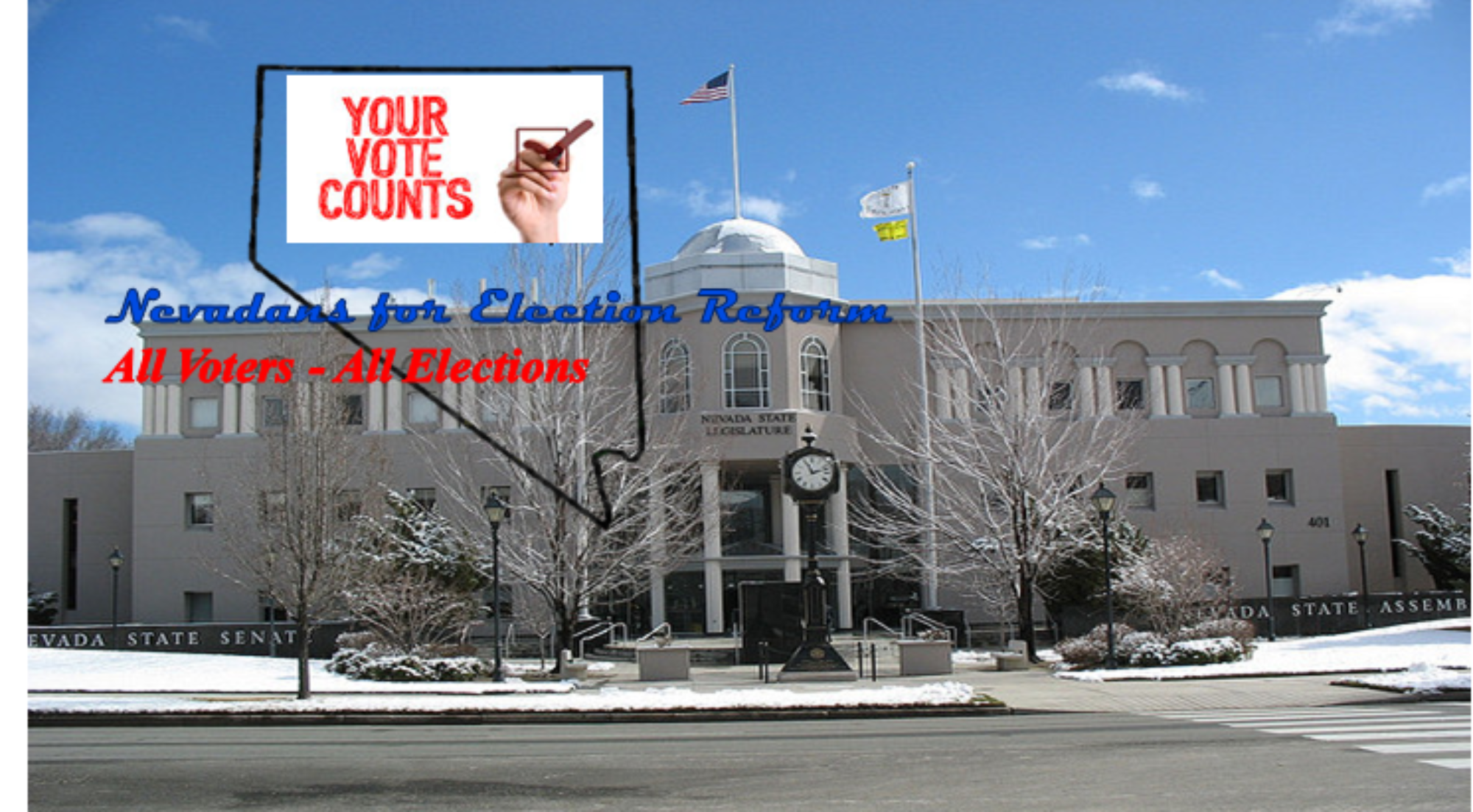In January, 2015, three states, Mississippi, Arizona, and New York took steps to bring either the Top-Two primary or Ranked Choice / Instant Runoff Voting (RCV / IRV) to their electoral process.
Following an editorial in the Jackson, Mississippi Clarion-Ledger in August, 2014 (reported on this blog), the state’s Secretary of State compiled a committee to study three election reforms and make recommendations. The committee looked at primary election systems, early voting, and online voter registration. The committee’s report was released January 16, 2015.
In the area of primary election reform the committee looked at the four systems currently in use; Closed, Semi-Closed, Open, and Top-Two. The recommendation was for Mississippi to adopt a Top-Two primary.
In Arizona, a bill to require the state’s voting system to be upgraded to accommodate RCV has been introduced in the Arizona House of Representatives.
In New York, a bill introduced by Democratic State Senator Liz Krueger that would create a pilot program allowing ten local governments to use IRV in 2019 and 2020 has been referred to the Senate Elections Committee.
Mississippi, Arizona, and New York are adding their voices to the message that our electoral process is broken. The Nevada Election Modernization and Reform Act (NEMRA) as proposed, implementing a Top-Three primary and RCV would make Nevada the leader in addressing this problem.
